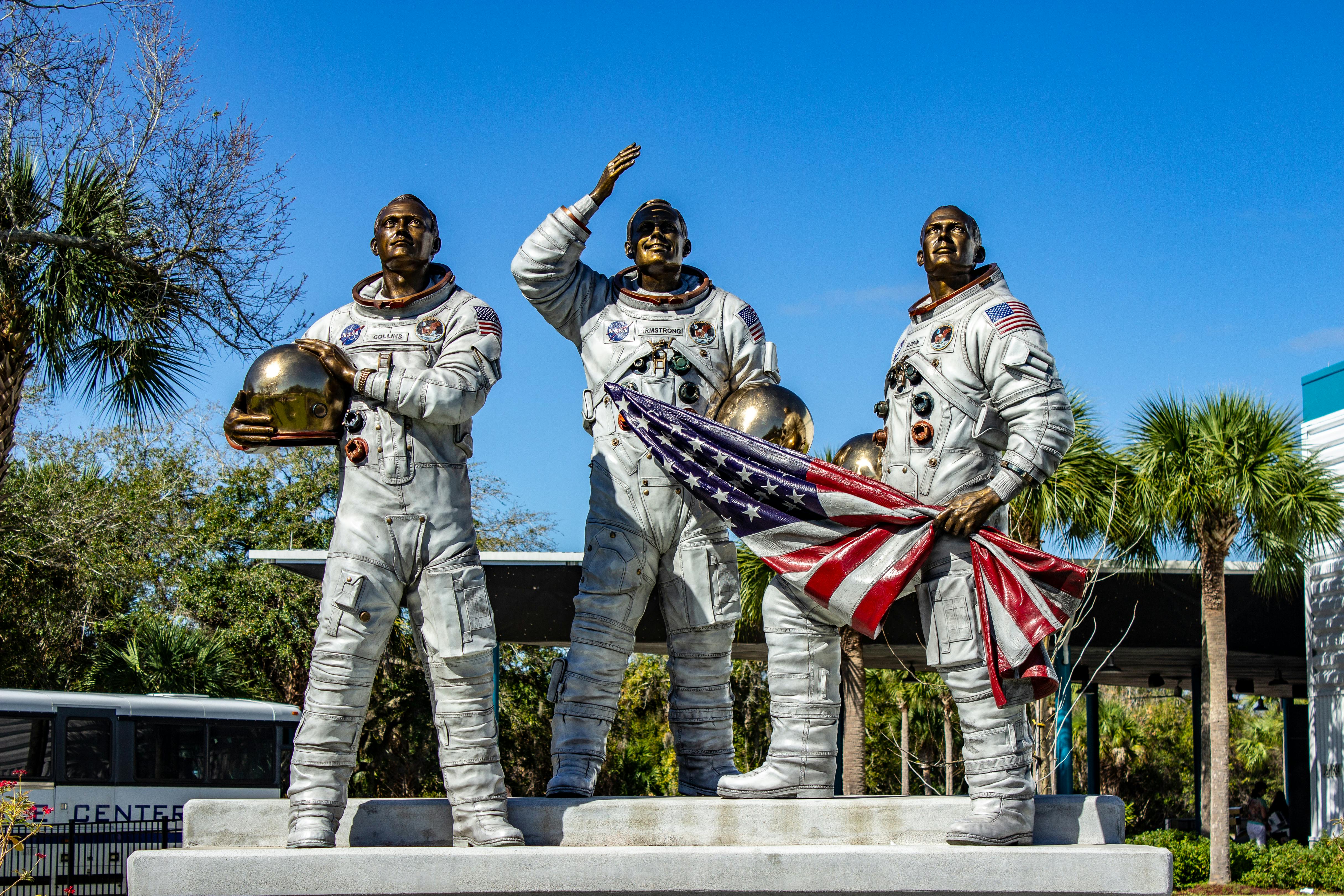
Introduction
The space race has reached an emotional and historic chapter for India. Recently, Group Captain Shubhanshu Shukla, a test pilot of the Indian Air Force, became the first Indian astronaut to dock with the International Space Station (ISS) aboard SpaceX’s Dragon spacecraft during Axiom Mission 4. This milestone is not just a personal achievement; it signifies a significant turning point in India’s rapid advancements in space technology. The country, which has developed a robust satellite-launching capability, has taken another step towards realizing its aspirations of sending its citizens to space and, eventually, beyond our moon.
Shubhanshu Shukla: From Gandhinagar to the Stars
Born in Gujarat, Group Captain Shukhla’s journey showcases not only personal resilience but also an escalating confidence in India’s space endeavors. As an IAF test pilot, he has spent years exploring the limits of aviation technology. However, his mission to the ISS elevated his experiences to incredible new heights—literally!
The launch of the Axiom mission took place in Cape Canaveral, utilizing the Falcon 9 rocket, a flagship vehicle known for its reusability and efficiency. This mission is an outcome of the commercial partnership between Axiom Space and NASA, which aims to facilitate astronauts from various nations aboard the ISS. Shukla’s seat on this historical flight represents India’s inaugural human presence in one of the most sophisticated laboratories in space.
Axiom Mission 4: The Technology Behind the Success
As he traveled in a Dragon capsule named ‘Grace’, Shukla experienced the cutting-edge technology of 21st-century space engineering. The Falcon 9 rockets propelled the crew into orbit with remarkable precision, a testament to SpaceX’s ongoing success in the space launch sector.
The Dragon spacecraft is equipped with autonomous docking capabilities, advanced life support systems, a touchscreen control interface, and a state-of-the-art heat shield. This technological marvel not only ensured Shukla’s safety and comfort but also equipped him with hands-on experience that would inform India’s own crewed spaceflight efforts in the future.
India’s Contribution to Science: Research at the ISS
Once docked at the ISS, Shukla quickly transitioned from a passenger to an active researcher. Collaborating with scientists from NASA and the Indian Space Research Organization (ISRO), he undertook India-led microgravity experiments. These experiments focus on significant research such as:
- Examining the effects of microgravity on various food microorganisms, critical for sustaining astronauts on long missions.
- Analyzing astronaut interactions with electronic screens and zero-gravity environments, which is crucial for developing future crewed vehicles.
These scientific inquiries are not mere academic exercises. The data gathered from these studies will directly contribute to India’s Gaganyaan program, enhancing its capabilities to conduct experiments that are otherwise impossible on Earth.
The Gaganyaan Mission: India’s Indigenous Space Dream
The Gaganyaan mission is poised to send Indian astronauts to Earth’s orbit aboard the country’s very own rocket, the human-rated LVM3. Although this mission has faced delays due to the COVID-19 pandemic and technical evaluations, Shukla’s recent experiences at the ISS provide valuable insights that can enhance the Gaganyaan program significantly.
Shukla’s Insights During His Time at the ISS:
- Astronaut training and mental preparedness for the challenges of space.
- Demonstrating the function and reliability of life support systems in a microgravity environment.
- Conducting troubleshooting and system diagnostics onboard the spacecraft.
ISRO is concurrently testing its environmental control and life support systems (ECLSS) for Gaganyaan, while also innovating recycling processes for waste, enhancing food systems, and ensuring thermal regulation. Shukla’s firsthand experiences will be instrumental in refining these systems for India’s future endeavors.
The Future of India’s Space Program: From Moon Landings to Space Stations
India’s aspirations don’t stop at Earth’s orbit. Following the successful missions of Chandrayaan-3 and Aditya-L1, the country’s roadmap for space exploration is ambitious and groundbreaking:
- Chandrayaan-4, aimed at being India’s first lunar sample return mission.
- The conceptualization of an Indian Antariksh Station, with plans to establish it by 2030.
- Development of Ai-Saksham robots featuring advanced technology and autonomous docking capabilities.
- The ongoing ISS mission represents a vital stepping stone toward achieving grand objectives.
The Rise of India’s Private Space Sector
While ISRO continues to lead India’s space initiatives, the emergence of a vibrant private space sector is revolutionizing the landscape. The ISS mission exemplifies how governmental support and private enterprise can collaborate to propel India’s space ambitions forward.
- Companies like Skyroot Aerospace are testing reusable launch vehicles.
- Agnikul Cosmos is developing mobile launch pads and innovative 3D-printed engines.
- Pixxel is deploying hyperspectral imaging satellites that monitor a range of applications from agricultural health to mineral exploration.
With the backing of the Indian National Space Promotion and Authorization Center, these start-ups are positioning themselves as contributors to both domestic and international missions in the years to come.
Conclusion: A Nation’s Journey to the Stars
What began as a humble departure from Florida now resonates across India. Group Captain Shubhanshu Shukla’s journey is not only a personal testament to human ingenuity but also a significant factor in national development.
His presence aboard the ISS marks India’s emergence as not merely a participant, but a formidable contender in the global arena of space exploration. The knowledge, partnerships, and experiences procured during this mission are paving the way toward a new era—an era in which Indian astronauts, startups, and scientists collaborate closely to shape the future of space exploration.
The countdown has ended, yet the mission continues. India’s journey to the stars is merely the beginning of many more achievements to come.